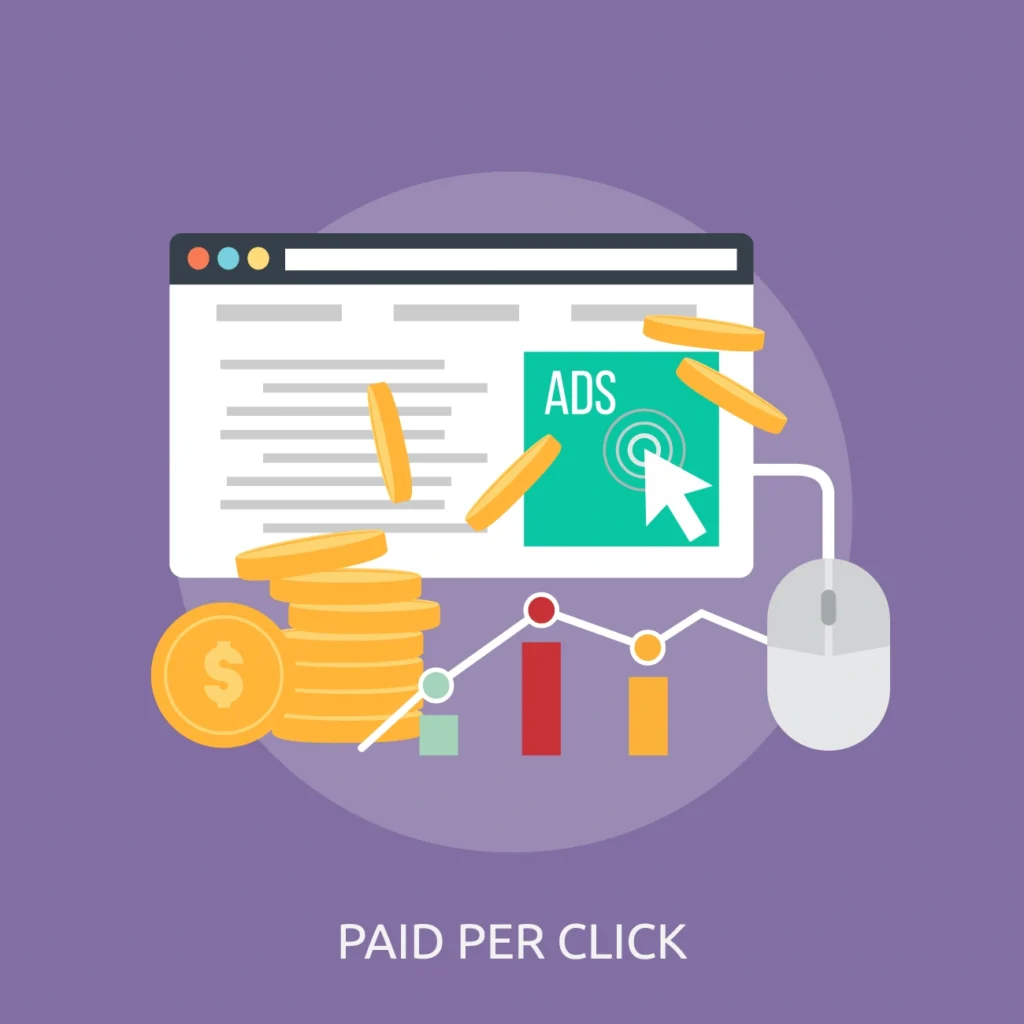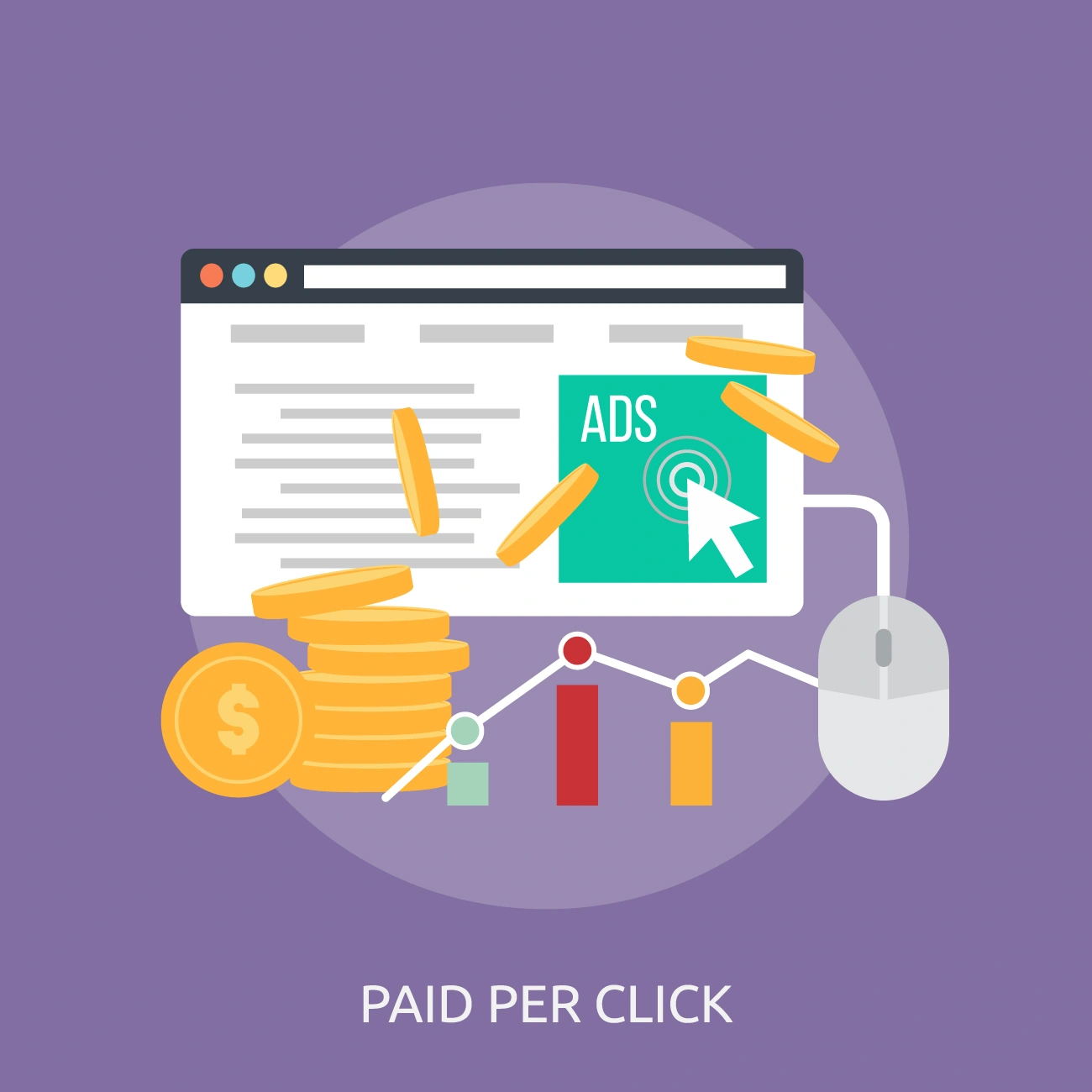Tips to Make Your Google Ads Campaigns Work Better

Google Ads has become a vital tool for businesses looking to increase their online visibility and drive targeted traffic. Whether you’re a small business in State College or a larger enterprise, an effective Google Ads campaign can help you achieve your marketing goals. However, managing a successful Google Ads campaign requires more than just setting up ads and hoping for the best. It takes strategy, optimization, and regular tweaking to get the most out of your investment.
In this post, we’ll share valuable tips to help you make your Google Ads campaigns work better. If you’re working with a Google Ads agency in State College or managing your campaigns yourself, these insights will help you enhance your campaign performance and drive better results.
Understand Your Audience
Before diving into Google Ads, it’s crucial to understand who your target audience is. Knowing your audience allows you to create highly relevant ads that resonate with potential customers and are more likely to lead to conversions.
Define Your Ideal Customer
Start by identifying the characteristics of your ideal customer. Consider factors like:
- Age
- Location
- Interests
- Behavior patterns
- Buying preferences
Once you have a clear picture of your target audience, you can tailor your Google Ads campaigns to appeal to their needs and desires. Google Ads allows you to use audience targeting features that let you show ads to people who are most likely to be interested in your products or services.
Use Customer Data for Insights
If you already have customers, leverage customer data to refine your targeting. You can use data from your website analytics, email campaigns, and past Google Ads performance to better understand which audience segments are driving the most conversions. This can help you focus your campaigns on the most lucrative audience groups.
Choose the Right Keywords
Keywords are the foundation of any successful Google Ads campaign. Choosing the right keywords ensures your ads appear when people search for terms relevant to your business. Here’s how you can choose the best keywords for your campaigns:
Conduct Keyword Research
Start by using tools like Google Keyword Planner to identify keywords related to your business. You can also use competitor analysis to see which keywords are driving traffic to other businesses in your industry.
Ensure your keywords are specific and relevant to your business. For example, if you’re a local business in State College, you might want to target location-based keywords like “best pizza in State College” or “State College plumbing services.” This ensures that you’re targeting users who are looking for services in your area.
Use Negative Keywords
One mistake many businesses make is neglecting to use negative keywords. Negative keywords help prevent your ads from showing up for irrelevant searches. For instance, if you sell premium products, you might want to exclude terms like “cheap” or “discount” to ensure your ads don’t show to users who are looking for low-cost options. By refining your keyword list with negative keywords, you’ll save money and improve the relevance of your campaigns.
Optimize Your Ad Copy
Your ad copy plays a critical role in attracting clicks and driving conversions. If your ad copy isn’t compelling, potential customers might skip over your ad and click on a competitor’s instead. Here’s how to craft effective ad copy for your Google Ads campaigns:
Be Clear and Direct
Your ad copy should clearly convey the benefits of your product or service. Avoid jargon and use simple language that anyone can understand. Make sure your message is direct and to the point. For example, instead of saying “Get the best deals on our products,” try “Save 20% on all products today.” Clear calls to action, like “Shop Now” or “Get Started,” encourage users to take immediate action.
Include Keywords in Your Ad Text
To improve your ad’s relevance, include your primary keyword in the ad title and description. This signals to both Google and the user that your ad is relevant to their search query. It can also improve your ad’s Quality Score, which affects your ad’s positioning and cost per click (CPC).
A/B Test Your Ads
Constantly test different variations of your ads to see which ones perform best. A/B testing allows you to test different headlines, calls to action, and other ad elements to determine what resonates most with your audience. Regularly optimizing your ad copy ensures you’re always improving the effectiveness of your campaigns.
Improve Your Landing Pages
When users click on your ads, they expect to land on a page that matches the promise of your ad. A great ad can drive a click, but a great landing page drives a conversion. Here’s how to optimize your landing pages:
Ensure Relevance
Make sure the content of your landing page directly matches the ad that led the user there. If your ad promotes a discount on a specific product, your landing page should feature that product with clear details on how to redeem the offer. The more relevant your landing page is to the ad, the more likely users are to take action.
Optimize for Speed and Mobile
Slow loading times can lead to a poor user experience and higher bounce rates. Ensure your landing page loads quickly, especially on mobile devices. With a growing number of users browsing on smartphones, it’s crucial to have a mobile-optimized landing page. Tools like Google’s PageSpeed Insights can help you identify issues and improve load times.
Clear and Simple Conversion Path
Your landing page should have a clear and straightforward path for users to take the desired action, whether it’s filling out a form, making a purchase, or signing up for a newsletter. Keep the form fields minimal and make the call to action obvious, such as a large, well-placed button with text like “Buy Now” or “Get a Quote.”
Monitor and Adjust Your Campaigns
Google Ads campaigns require ongoing monitoring and adjustments to stay effective. Simply setting up a campaign and letting it run won’t yield the best results. Here’s how to stay on top of your campaigns:
Track Key Metrics
Keep an eye on essential metrics like:
- Click-through rate (CTR)
- Conversion rate
- Cost per acquisition (CPA)
- Return on ad spend (ROAS)
These metrics give you insight into how well your campaign is performing and where adjustments might be needed.
Adjust Your Bids and Budget
If certain keywords or ads are performing well, consider increasing your bids to get more visibility. Conversely, if some keywords or ads aren’t performing, decrease the budget allocated to those areas. Regularly tweaking your bids and budget allocation helps you maximize the return on your investment.
Use Ad Extensions
Ad extensions provide additional information alongside your ads, such as phone numbers, location details, and additional links. These extensions make your ads more compelling and improve their visibility in search results. For example, a Google Ads agency in State College might use location extensions to show their proximity to local customers.
Conclusion
Running successful Google Ads campaigns requires more than just setting up ads and hoping for the best. By following these tips, you can enhance your ad performance and drive more targeted traffic to your website. Whether you’re working with a Google Ads agency in State College or managing your campaigns yourself, remember to focus on your audience, choose the right keywords, optimize your ad copy and landing pages, and constantly monitor your campaigns to ensure continued success. With the right strategies, your Google Ads campaigns can deliver measurable results and help you achieve your business objectives.

